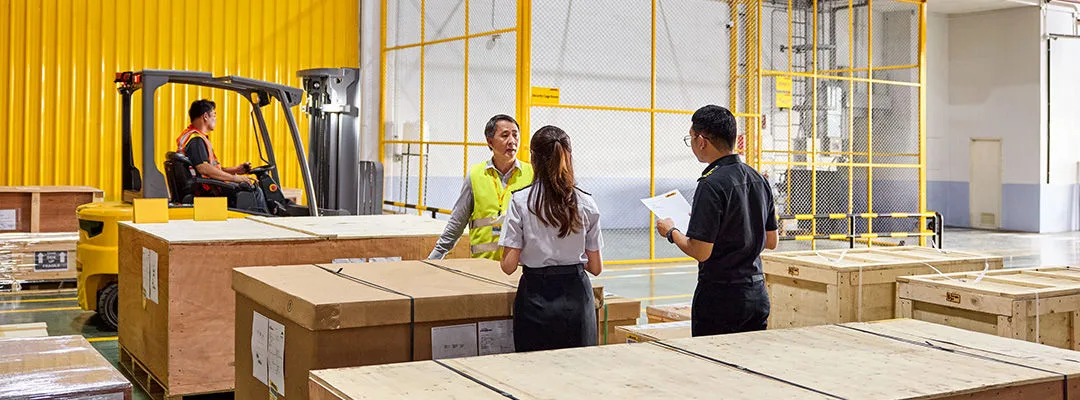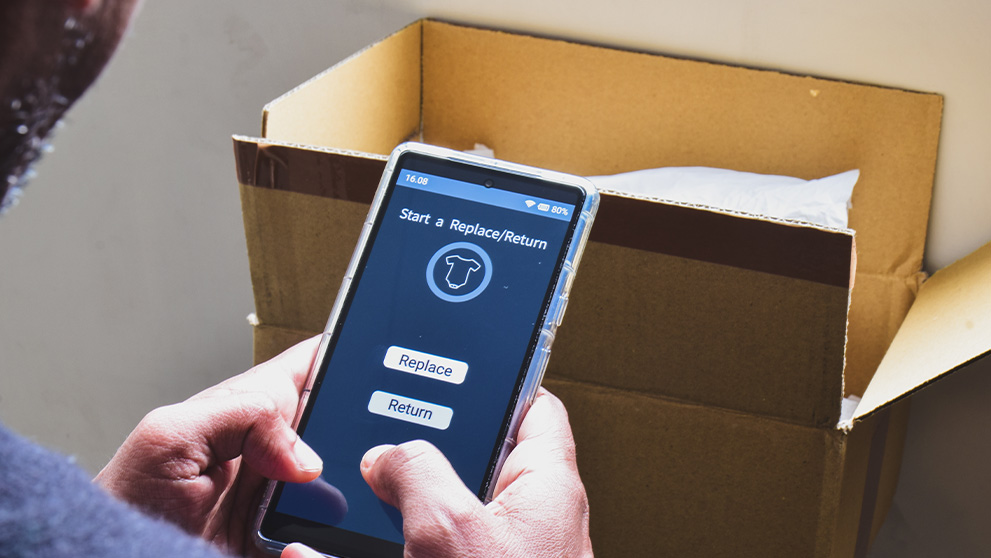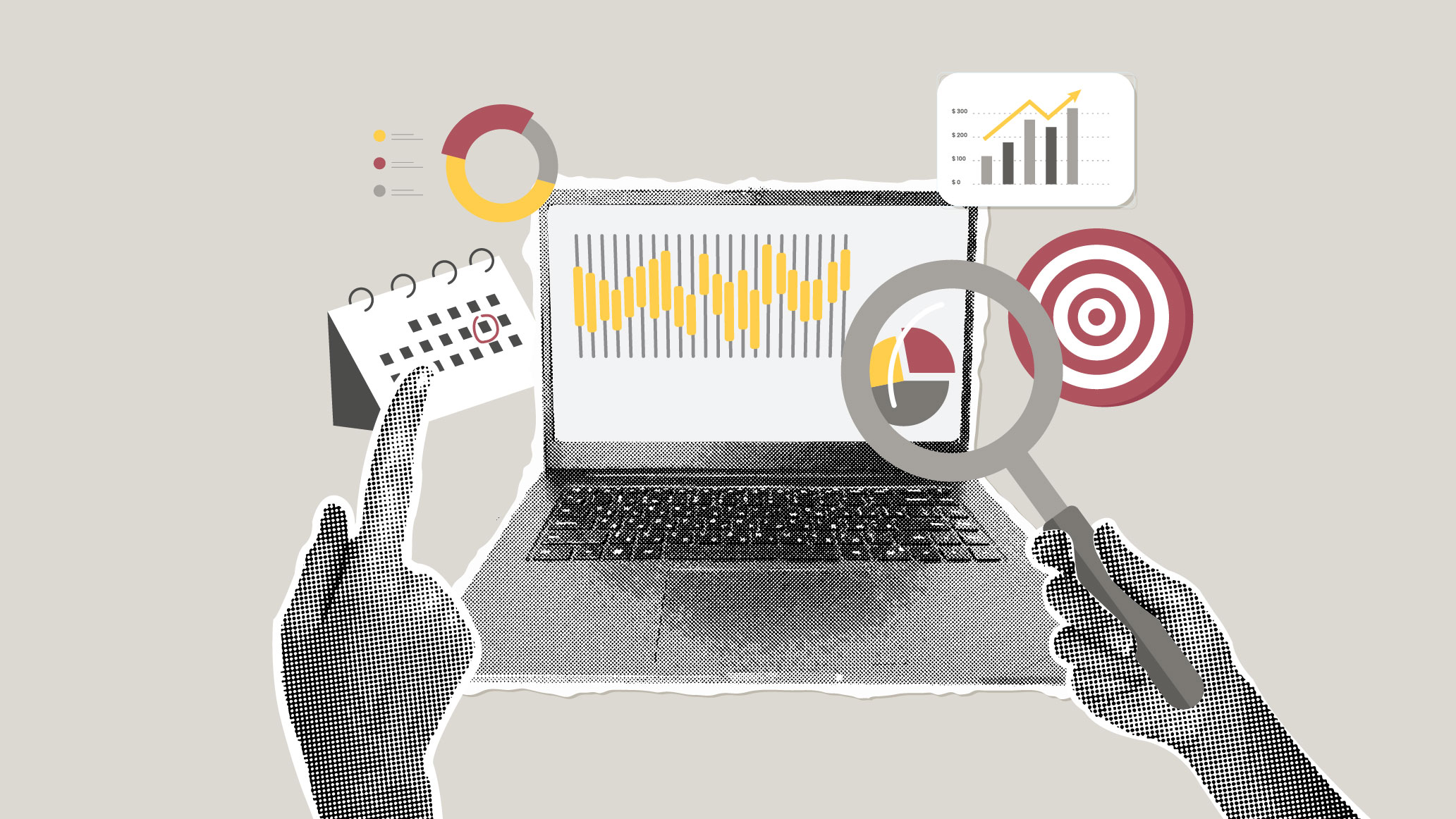Online B2B auctions help businesses get a better deal by creating a competitive environment where they can secure the best prices for goods and services. Whether you’re a buyer or a seller, here’s how to make the most of B2B marketplaces.
What are B2B auctions?
B2B (Business-to-Business) auctions are a type of online marketplace where businesses buy and sell goods and services to each other through a bidding format.
B2B auctions are commonly used in industries such as manufacturing, wholesale distribution, and procurement, and they can involve both physical goods (like raw materials or machinery) and services (such as logistics or software).
These auctions streamline the B2B procurement process, allowing businesses to easily compare offers from multiple suppliers in real time. Their wide market reach increases competition, which in turn promotes better deals.
There are two main types of B2B auctions:
- Forward auctions: These are traditional auctions where the seller offers a product or service, and buyers bid higher prices to secure the deal. The highest bid wins.
- Reverse auctions: In these auctions, buyers specify the product or service they want to purchase, and multiple suppliers bid lower prices to win the business. The lowest bid generally wins.
Benefits of online B2B auctions
Digital procurement brings with it several benefits to all parties.
For buyers
Cost savings: B2B auctions, especially reverse auctions, allow buyers to secure lower prices by encouraging multiple suppliers to compete for their business.
Access to a wider range of suppliers: Buyers can access a global pool of suppliers, leading to a broader selection of products and services.
Transparent pricing: Auctions provide clear visibility of bid prices, helping buyers make informed decisions about fair market value for products and services.
Time efficiency: Buyers benefit from simplified negotiations and streamlined supplier selection.
Better deals: Competitive bidding can drive sellers to offer better terms, discounts, or added services to win the contract.
For sellers
Increased market reach: Sellers can access a larger audience of potential buyers, especially if the auction is conducted online or globally.
Higher demand: By putting products or services in an auction, sellers may create more competition, which can increase demand and drive up prices in a forward auction.
Efficient inventory clearance: Auctions are a great way for sellers to shift excess or outdated stock.
Price discovery: Auctions allow sellers to better understand the market value of their products or services based on the bids received – insights they can use for future pricing strategies.
Reduced negotiation time: The buyer and seller don't need to engage in lengthy discussions over price; instead, prices are determined by the competitive nature of the auction.
For both
Increased competition: Auctions foster a competitive environment, ensuring better pricing and higher-quality products or services for both parties.
Efficient procurement: Auctions streamline the procurement process, saving time for both buyers and sellers compared to traditional negotiations.
Flexibility: B2B auctions can be customized in terms of auction rules, timelines, and pricing strategies, allowing businesses to adapt the auction format to meet their specific needs.
Challenges of B2B auctions
While B2B auctions offer several benefits, there are also challenges that both buyers and sellers may encounter.
Limited customer relationships. B2B sales have traditionally been built on face-to-face interaction, with relationships nurtured over time. Digital auctions remove this element. This can hinder trust-building, which is crucial in high-value transactions where repeat business is often more valuable than a one-off sale.
Solution: Adopting a hybrid approach of both digital and human interaction can help relationship building. Human representatives can follow up with customers, provide tailored recommendations, and address any concerns, making the experience more personable and less transactional.
Larger orders mean greater financial risk. Fewer customers are involved in B2B auctions, so the potential for failure increases if a buyer defaults or a product doesn't meet expectations, resulting in more significant financial losses.
Solution: A robust verification system that assesses the credibility of both buyers and sellers before they participate in auctions can be extremely beneficial. It helps filter out unreliable participants, lowering the risk of fraud, defaults, or poor-quality products entering the auction process.
International payment complexity. Cross-border B2B transactions often involve complex payment structures. Different payment options (e.g., wire transfers, letters of credit, escrow services) can be complicated to navigate, and international transactions can be hindered by issues like currency exchange, payment delays, and high transaction fees.
Solution: Choosing the right platform is critical. The ideal B2B marketplace should provide features that streamline the complexities of cross-border e-commerce, including handling currency exchange and taxes.
Legal and customs requirements. Many B2B transactions require extensive legal documentation, including contracts, non-disclosure agreements (NDAs), and customs paperwork for international shipments. Ensuring compliance with regulations can create additional administrative burdens and delays.
Solution: Partnering with an international logistics leader, like DHL Express, will remove some of this stress. The company’s Certified International Specialists are well versed in helping cross-border shippers navigate all aspects of customs, seamlessly.
How to get started with B2B auctions: a step-by-step guide

1. Understand the auction model
Familiarize yourself with auction types (forward, reverse, sealed-bid) and choose the best fit for your product and business goals.
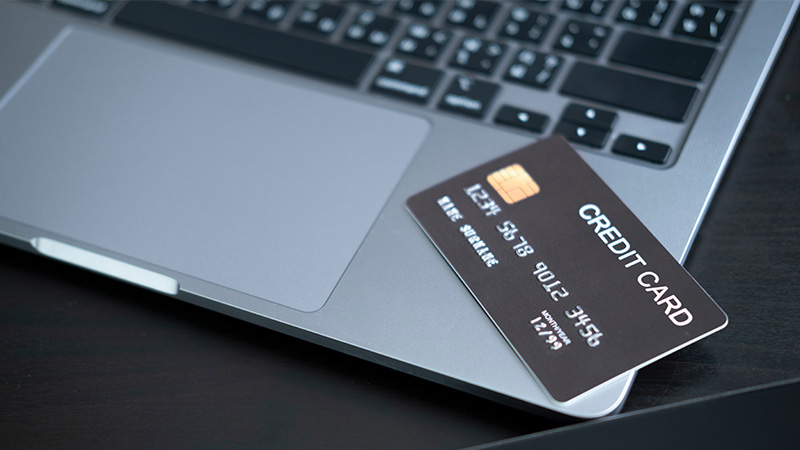
2. Research auction platforms
There are many out there, including eBay Business and Amazon Business. The key features to look for are:
- Flexible payment options: Choose a platform that allows payment via various methods, including credit cards, bank transfers, and digital wallets. International payments can be complex due to currency exchange and international banking fees, so platforms that offer integrated multi-currency support and low/no fees will be beneficial.
- Global reach and audience: A platform with a wide, diverse audience can increase competition and potentially drive up prices for your products.
- Ease of use: Look for easy-to-use features for listing products, placing bids, and tracking auctions. Mobile accessibility can be an added bonus for flexibility.
- Auction flexibility: Different B2B businesses may have varying needs. Ensure your chosen one allows you to customize it to your preferences and needs.

3. Prepare product listings
Create detailed product listings with clear specs, high-quality images, and reserve prices (if applicable). Be prepared to offer bulk deals and samples.

4. Set pricing and bidding strategy
Know your cost structure, set competitive bids, and understand the bidding rules. Make sure pricing is sustainable and profitable.

5. Legal and documentation
Set clear terms for returns, warranties, and delivery. Ensure compliance with relevant regulations, including customs, taxes, and NDAs for sensitive products.
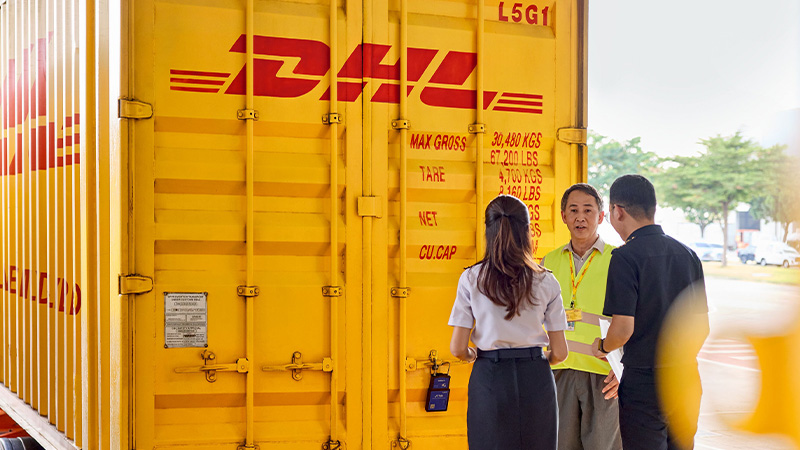
6. Payment and logistics
Decide on secure payment methods and establish shipping and delivery plans. Partner with an established international logistics leader – like DHL Express – for fast and stress-free shipping.

7. Build buyer relationships
Take a hybrid approach; online auctions can be supported with human interaction from your sales reps to strengthen relationships. Reach out to buyers in person to listen to feedback or worries.

8. Start small and scale
Begin with a smaller auction to test the process. Learn from the experience, refine your strategy, and scale as you gain confidence.

9. Market your auction
Promote your auctions via email, social media, and targeted ads to attract buyers. Reach out to existing connections, too.

10. Evaluate & improve
Analyze auction results, gather buyer feedback, and adjust your strategy for better performance in future auctions.
As the B2B sector continues to digitize, online auctions are providing a convenient and efficient way for buyers and sellers to connect and negotiate deals. New technology and software is enabling this to happen in ever more streamlined ways. Businesses which lean into this sales route will be rewarded with cost savings, international market reach, and better deals that increased competition brings.
For fast, international B2B shipping, open a DHL Express Business Account.



